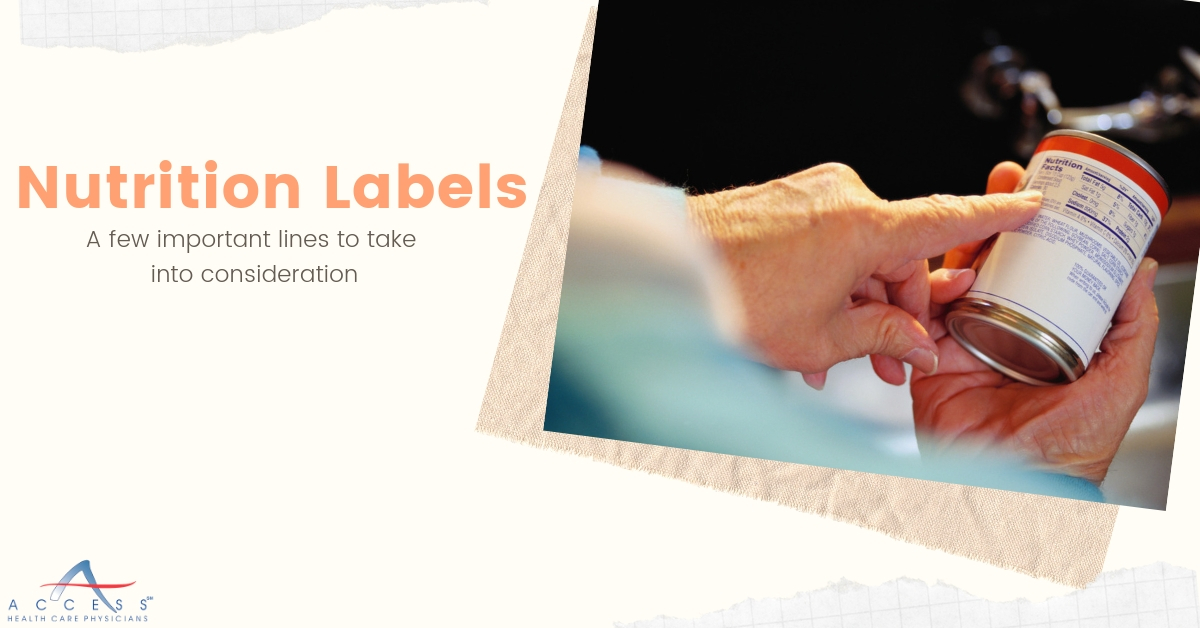In an on-the-go life, it can be difficult to remove all packaged food from our diets. However, make the best choices by learning how to read the nutrition labels available on those packaged foods and opt for the healthiest choices. Read further to get some tips on how you can unravel the mysterious nutrition labels and get the information you need to make healthier food choices.
Every dietician in the world will agree to the fact that there is no substitute for fresh fruits and vegetables when it comes to creating a nutrient-rich diet. However, most of our meals also include a variety of foods that come in containers. To be able to verify the health composition of these foods, it is essential to refer to the Nutrition Facts given on the back of the containers that they come in.
Here are just a few items to be sure to look into:
- Serving Size – The data on any nutritional label is always based on the serving size given at the very top of the list. It is, therefore, critical to note how much of the product makes up a single portion to understand the quantity of sugar, calories, salt, fat, and other nutritional elements.
- Fat Content – It is crucial not just to understand the total fat content per serving but also the breakdown of the kind of fats included. Try to select products that have a lower percentage of saturated fats and no trans fats. Items that contain partially hydrogenated vegetable oils are also not a good choice. Instead, look for foods that contain healthier oils like olive oil, sunflower oil, and canola oil.
- Sodium Numbers – Salt intake is something that needs to be evaluated carefully each time you are out grocery shopping. As a rule of thumb, aim at picking those items whose sodium figures are lower than their per portion calorie content. Unsalted versions can also be something to consider if you are looking at reducing your sodium intake even further.
- Fiber – Fiber is essential for your overall well-being and health. 28 grams of dietary fiber every day is what nutritionists recommend. Select foods that contain a minimum of 5g of fiber in each serving and supplement them with natural sources of fiber like leafy vegetables, whole grains, and fibrous fruits to reach that daily goal.
- Sugar – Found in most packaged foods; sugar adds to your caloric intake and leads to a host of problems like high blood sugar, obesity, and eventually chronic illnesses. It is, therefore, critical to give a pass to those items that are laden with excessive sugar primarily in the form of high fructose corn syrup, molasses, corn syrup, and fructose.
Flipping any packaged item over and scanning its nutritional content is a habit that will go a long way in ensuring that healthier foods are finding their way to your plate.


